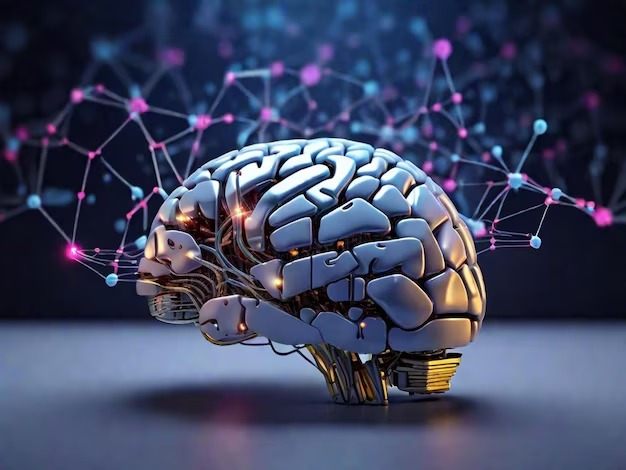WHAT IS THE MESOGASTRIUM, WHERE PART OF THE HUMAN BODY IS IT LOCATED AND WHAT HAPPENS IF YOUR MESOGASTRIUM HURTS?
Mesogastrium comes from Meso and means that it joins the stomach to the abdominal wall. The stomach has two mesos, one posterior and one anterior.
The mesogastrium or umbilical area: covers the region of the omentum, mesentery, jejunum, ileum, transverse colon and where the navel is located. On the other hand, the region of the void, left flank or lateral, corresponds to the region of the descending colon.
The navel, also known as the umbilical scar, is a scar left on the abdominal wall after birth, where it was cut and separated from the newborn.
Likewise, the navel connects with the muscles and skin that surrounds them, and this is what determines the shape and size of said scar.
The function of the navel marks the point where the umbilical cord is connected, which is a soft conduit that transports nutrients and allows the baby developing in its mother’s womb to be fed.
On the other hand, the dorsal Mesogastrium forms several important structures: After rotation of the stomach, it bulges downward to form the greater omentum. Gastrosplenic ligament: connects the stomach and spleen. Splenorenal ligament: connects the spleen to the posterior abdominal wall near the kidney.
Diseases of the small intestine associated with pain are usually located in the mesogastrium, while pain caused by diseases of the large intestine is usually located in the mesogastrium region and below the navel. The pain is usually described as stabbing, lacerating, dull, squeezing, cramping, or spasmodic.
Pain in the central part of the abdomen originates from disorders of structures such as the small intestine, the upper part of the colon and the appendix. Pain in the lower abdomen has its origin in disorders of the lower part of the colon and the organs of the genitourinary system.
Navel pain is usually a sign of intestinal disorders, such as constipation, intestinal parasites, irritable colon and even intestinal infection. But it can also indicate more serious problems such as an umbilical hernia, appendicitis or pancreatitis.
The shape of your navel speaks about your health, it is said that thin people, but with a sunken navel, are more likely to have digestive or bloating problems. For their part, those people who have a protruding navel, the result of an umbilical hernia from birth or an infection at the base of the umbilical cord, are more likely to develop hernias.
Sub-umbilical region: Located in the lower abdomen area, just below the navel.
The organ located at the level of the navel is the spleen, which is part of the lymphatic system, which fights infections and maintains the balance of body fluids.
The nerves pass through the navel: there is the subcostal nerve, which comes from T12, the ilio-hypogastric and ilioinguinal nerves, the lateral cutaneous nerve of the thigh, and the genito-femoral nerve.
When fluid comes out of the navel; A wet navel is known as one that presents discharge after the umbilical cord falls off.
We can divide the causes of wet navel into two: infectious (omphalitis) or malformative, due to lack of obliteration of the embryonic structures (persistence of the omphalomesenteric duct or urachus).
It is a symptom that there is an infection: Redness, bad odor, or swelling can be other signs that something is wrong.
Belly button hernias Complications can occur when protruding abdominal tissue becomes trapped (incarcerated) and cannot be pushed back into the abdominal cavity. This decreases the blood supply to the trapped segment of intestine and can cause abdominal pain and tissue damage.
Recommendations:
A lighter, easily digestible diet with little fat and grains is recommended, as well as staying hydrated with water, tea and juice. Analgesic and antispasmodic medications can be used to relieve umbilical pain.
Likewise, if you feel itching and burning in your navel, both outside and inside, it may be that lack of hygiene, contact with clothing, or some conditions such as dermatitis causes this situation.
Diseases of the navel are:
- Umbilical hernia.
- Constipation.
- Stomach flu.
- Pregnancy.
- Appendicitis.
- Irritable bowel syndrome.
- Pancreatitis.
- Cholecystitis.
We can conclude that the mesogastrium is an important region, because it allows the stomach to be attached or fixed to the abdominal wall and other organs. In addition, the disease can be suspected according to the area where the pain occurs.
FONT
https://www.cun.es/diccionario-medico/terminos/mesogastrio
OTHER ARTICLES OF INTEREST
Seasonal Flu can be fatal in some cases
https://www.medicalpharmanews.com/en/seasonal-flu-can-be-fatal-in-some-cases/






